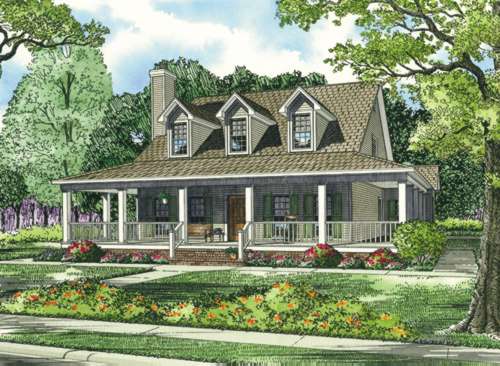The Basics of Building a Home
According to data from the National Association of Home Builders, the average cost to build a single-family home in the United States was just under $300,000. Please note that this amount does not include expenses such as purchasing land, finishing a lot, financing it, and so forth. When you take these additional costs into consideration, the average price of a new construction is roughly $485,000.
Hard vs. Soft Costs
When it comes to building a home, it is important to be cognizant of both “hard costs” and “soft costs.” Navigating both costs effectively is critical for how to budget for building a house. For context, hard costs are the expenses necessary to actually build the structure of your home. Examples of hard costs include materials, contractors, site preparation, foundation, and so forth. In contrast, soft costs are the “other” expenses that are not directly related to the actual brick and mortar of your home. Nevertheless, they are equally important and should not be neglected. Examples of soft costs include building permits, house plans, taxes, HOA fees, and so forth.
Costs you need to consider
There are specific expenses you need to consider when planning to build your dream home. Below are examples of the types of expenses you should factor in when calculating the budget for building your home:
- Cost of purchasing land
- Labor (i.e., contractors)
- Appliances
- Landscaping
- Exterior and interior finishes
- Foundation
- Mandatory fees paid to a Homeowners Association (HOA)
Setting Your Budget
Determine how much you can/want to spend
In terms of how to budget for building a house, it is important to avoid being “house-rich and cash-poor.” This is why you need to take the time to determine how much you can reasonably spend on building a home, in addition to how much you actually want to spend. Avoid the temptation of “going all in” and spending every penny you have on the cost of building your home. You need to retain a level of financial flexibility in case an unexpected expense arises. You should also ensure the mortgage cost associated with the home aligns with your budget and current income level.
Factors to consider (income, savings, loan eligibility)
To properly budget for building a home, there are specific factors that need to be considered in your analysis and calculus. These factors include your current income, current savings, and the types of home loans you may qualify for based on your credit score, credit history, and so forth. These factors will play a major role in determining just how much you can actually afford to put into building a home.
Build a Buffer
When building a new home, it is better to be safe than sorry. That is why it is strongly recommended to build a buffer into your new home budget. Why? Because it is quite common for people to exceed the initial estimate for the cost to build their dream home. It is so common that mortgage lenders typically recommend baking in a 15-to-20 percent buffer in your total budget to help protect you from the “known unknowns.” You do not want to be one of the many homeowners who neglected to properly budget for landscaping, garden walls, foundation issues, HOA issues, and so forth.
Estimating the Cost to Build
In the United States, the median cost to build a single-family home was between $226,100 and $452,200.
On average, the cost to build a custom house ranges between $100 and $200 per square foot. However, the cost per square foot will fluctuate based on your location and the level of customization in your home design. For example, in certain areas, the cost can soar to between $400 and $500 per square foot.
Saving Money Without Compromising Quality
In terms of how to budget for building a house, there are simple strategies to help save money without compromising the quality of your custom home. For example, consider going with a simple home layout rather than an elaborate, uncommon layout. If you go with a layout closer to a square shape or rectangular shape, there is a good chance you will save money since the expense of designing and building this type of structure is more efficient than other layouts.
Another strategy for saving money on your custom home is opting to build an “eco-friendly” home with energy-efficient appliances, energy-efficient windows, and so forth. In fact, many states offer government rebates and tax incentives for homes with specific energy efficiencies.
Another cost-saving strategy is doing specific projects independently without retaining a contractor. Doing certain projects yourself will allow you to save money in your total budget. Nevertheless, it is recommended to let a professional handle complex plumbing or electrical jobs.
Start Your Home Building Journey with Monster House Plans Today!
If you’re looking to build your dream home, Monster House Plans is here to help. Our services are unlike any other option because we offer unique, brand-specific ideas that you can’t find elsewhere. For example, with our cost-to-build calculator, you will have the ability to select from an array of materials that generates a bespoke report offering a comprehensive cost estimate broken down by estimated labor, materials, and other factors. Learn more about Monster House Plans and what we can do for you.

